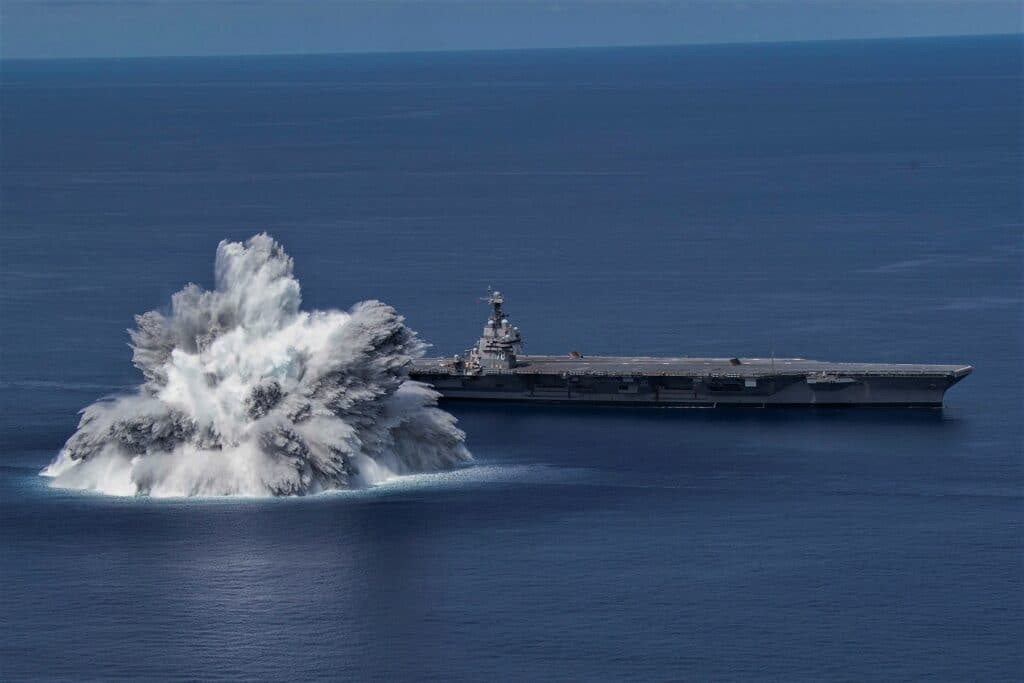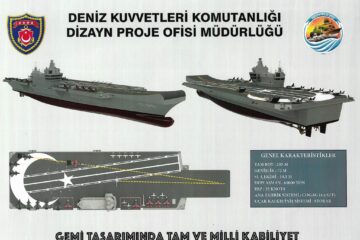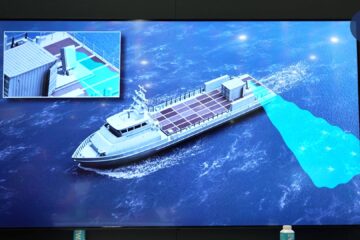“With respect to Distributed Maritime Operations…we need [ship and sub] numbers to be able to distribute the fleet across a very big area in the Pacific.”
Admiral Mike Gilday, CNO, US Navy
Admiral Gilday stated that 335 ships is the middle range of the “355 Ship Count” and that the U.S. Navy can afford a fleet of around 300 ships and that includes the costs to cover the ships’ manning, training, and equipment. “60% of our budget is for manpower, for operations, and for maintenance, and that those costs are increasing on an annual basis at about 2.5% above inflation, and that is going to eat away at our ability to grow capacity to ever approach above 300 ships based on how we’re funded right now,” said Gilday.
U.S Congressional Representatives Mike Gallagher and Elaine Luria voiced their opinions at the Prequel. Gallagher stated that the U.S. Navy needs to get out of its own way in terms of bureaucracy as he is “cautiously optimistic” that the Navy can resolve its Program issues and move forward with modernization and progress. In order to achieve this, Gallagher mentioned that the Secretary of Defense needs to offer appropriate guidance, and the Representative also stated that the U.S. Navy needs a President to prioritize Navy programs, strategies, threats, goals, and steer towards forward growth and funding. Gallagher believes that the U.S. has yet to have a President that addresses these encompassing naval issues and provide the decisions and nation’s desires in moving the Navy forward for the coming decades.
Representative Elaine Luria was more direct regarding the “Navy Ship Count” and the deployment of U.S. naval forces. “The Navy hasn’t been very clear in coming to Congress with a strategy [regarding addressing the military build-up, threat, and expansion of Russia and China’s military and political goals].” For instance, Luria posed questions to the Pentagon: What does it look like to win in a peer nation war? Does winning to the Pentagon and the Navy means that everyone stops fighting, and if so, how do we achieve that to make all the adversaries stop fighting in a peer nation war? Do we have a strategy that focuses on deterrence, and if so, how are we putting the pieces of that puzzle together? The goal may be to put China’s forces at risk in 72 hours through the use of positioning Hypersonic missiles, long-range strike, littoral Marines, Joint Forces, and moving military assets into the region in collaboration with joining forces by leveraging relationships with Allies. Luria cited that there was not enough of that “feedback loop” within the Pentagon and the U.S. Navy’s command to satisfy her concerns and to direct Congress on funding matters and priorities because she believes that the Defense Budget doesn’t reflect adequately addressing the rising threat from Russia and China.
Gerald R. Ford-class aircraft carrier

“The U.S.’s most survivable airfields are aircraft carriers.”
Admiral Mike Gilday, CNO, US Navy
Regarding the Gerald R. Ford-class aircraft carrier, CVN-78, Admiral Gilday said that 23 new technologies were introduced to the new class of aircraft carriers that will replace the legacy Nimitz-class. The new technologies range from electromagnetic aircraft launch system (EMALS) and the advanced weapon elevators (AWEs).
“We shouldn’t introduce more than one or two technologies on any complex platform like that to make sure that we keep risk to a manageable level,” said Gilday. In 2019, the Navy addressed and redesigned the approach of the delivery of the Ford ammunition elevators, catapults, and arresting gear issues. As of 2021, seven of the eleven weapons elevators were delivered with two more in the coming Fall, and the last two will be delivered at the end of 2021. The Ford has achieved over 8,000 catapult shots and arrested landings.
The Ford has been at sea 50% of the time over the past year as the qualification carrier for the East Coast during months in 2020-2021. Gilday said CVN-78 has been performing very well during these qualifications, looking for high seas to sail through, testing the elevators, and looking for environments and scenarios to test her systems. The U.S. Navy’s newest aircraft carrier has achieved the first of three shock test trials and didn’t sustain any appreciable damage in the first shock test, which Gilday noted was quite a large explosive charge. (A shock trail tests the design, engineering, materials, and construction quality of a ship in order to absorb battle damage during combat). The U.S. Navy will increase the intensity of the explosive charge yield for the next two shock trial tests in the next month.
Ford will then go into a maintenance period for a number of months with the aim to deploy her in 2022, barring any other unforeseen issues.






